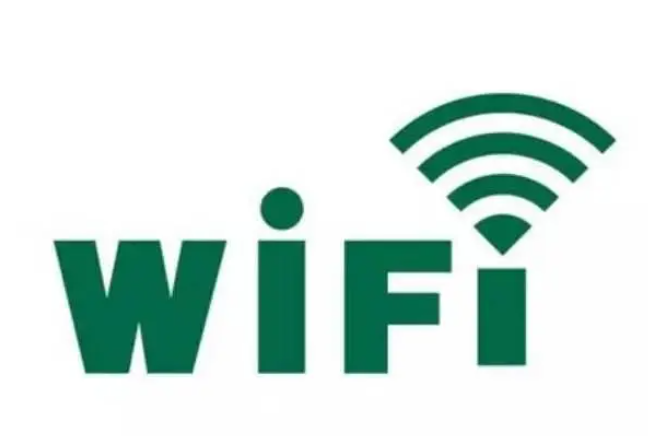
By admin Date of issue: Sep 26,2022
WiFi is also called the 802.11b standard. The biggest advantage is the fast transmission speed, which can reach 11Mbps. Besides, the effective distance of WIFI is also very long. It is also compatible with existing 802.11DSSS devices.
The IEEE 802.11B wireless network specification is a derivative of the IEEE802.11 network specification. The maximum bandwidth is 11Mbps. In the case of weak signal or interference, the bandwidth can be adjusted to 5.5Mbps, 2Mbps and 1Mbps, and the automatic bandwidth adjustment effectively ensures the stability and reliability of the network. Its main characteristics are high speed, high reliability, communication distance of 305 meters in the open area, 76 meters to 122 meters in the closed area, easy to integrate with the existing wired Ethernet, low network cost.
Wi-fi, short for WirelessFidelity, is the same short-range wireless technology used in offices and homes as WirelessFidelity and bluetooth. The technology uses a bandwidth of about 2.4GHz, which is currently unrecognized for wireless bandwidth. Currently, there are two standards :IEEE802.11a and IEEE802.11B. The technology is popular with manufacturers in its own right.
WIFI is a wireless network consisting of an access point (AP) and a wireless card. Often referred to as a bridge or access point, it serves as a bridge between a traditional wired and wireless LAN. PCS with wireless cards can share the wired LAN through an AP. Even the WAN resources work in the same way as routing to a hub or built-in wireless transmitter, and the wireless card is the client terminal device that receives the signals sent from the AP.

The advantage of the WIFI
First of all, there is a wide range of shielding, and Bluetooth based radio waves have a small radius of about 50 feet, and Wi-Fi has a radius of about 300 feet. Of course, the office can also be used for the whole building.
However, the quality of wireless communication transmitted by Wi-Fi technology is not very good, and the security performance of data cannot reach the way of Bluetooth transmission. The transmission quality of WiFi technology needs to be improved, but its transmission speed is very fast, up to 11Mbps, which can meet the needs of individual and social information.
In addition, the barriers to entry for manufacturers are relatively low. Manufacturers simply set up "hot spots" in densely populated areas (airports, stations, cafes, libraries, etc.) to connect to the network with high-speed lines. In this way, radio waves from the hot spot can reach a distance of 10 to 100 meters from the access point, so users with a laptop or PDA that supports wireless LAN can access the Internet at high speed. In other words, manufacturers do not need to spend a lot of cost to access the network, resulting in significant cost savings. And compared with wired networks, WiFi has three main advantages: wireless connection, more secure and convenient, and can work at a distance.
Trends in WiFi
When it comes to wireless networks, everyone has different feelings. Is wireless just connecting two computers? The answer is absolutely not, and there would have been no problem saying so in the last century. In this era of highly developed Internet, next-generation wireless networks do not require cable wiring or can be used relatively freely, and establish a new sense of wireless LAN.
Demand determines the development of the market, does not restrict access to the Internet anytime and anywhere, can rapidly grow IT technology and products are few. Either way, WiFi has a big role to play.
ADD:116 ChengYang Road, XiangCheng District, SuZhou City,JiangSu Province, China
Skype:sunbenku1
Email:support@wallystech.com
Copyright © 2020 Wallys Communications (Suzhou ) Co., LTD Sitemap



